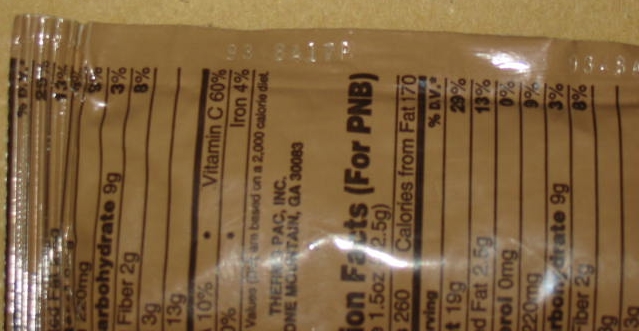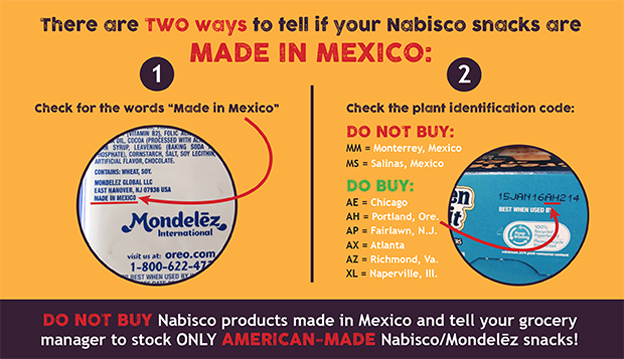Keebler Expiration Date Codes
:max_bytes(200000):fill(white)/dcmzfk78s4reh.cloudfront.net/1479445829163.jpg)
The following article will describe how to read the date code you’ll find on the back of Make’n Mold Candy Wafer bags. Watch naruto shippuden online free. This code is also known as the Julian Date and it printed on the bag the day that the Candy Wafers are packaged.
The key is to understand that the expiration date is presented in “MMDDY” format — the first two digits represent the month, the next two digits are the day of the month, and the final digit is the year. Expiration codes on Kellogg's products will enable you to determine if your cereal is past its consumption date.Difficulty:EasyInstructions Locate the product code on the top flap of the cereal box. After seeing yesterday’s post regarding the confusing expiration codes found on some foods, Brian sent The Consumerist a handy cheat sheet explaining the various code format, found inside.

Located on the seam of the package or in the lower left hand corner on the back of the bag is a five-digit date code that should look something like what is pictured below.

To determine what day your Candy Wafers were bagged, refer to the following:The first 2 digits represent the year, which is found by subtracting the number by 2.
Example: If the number on the back reads 15016, you would subtract 2 from 15, which equals 13, and refers to the year 2013. The next 3 digits are the Julian date, which is the day of the year.
Example: 016 is January 16th because it is the 16th day of the year.
This means that a bag with the date code 15016 was packaged on January 16, 2013
We’d like to note that our Candy Wafers do not have an expiration date. Over time the appearance of the candy wafers might change slightly and you may see a white coating on the surface of the wafers. This is simply when the fat has migrated to the surface giving it a lighter appearance and will disappear when the wafers are melted.